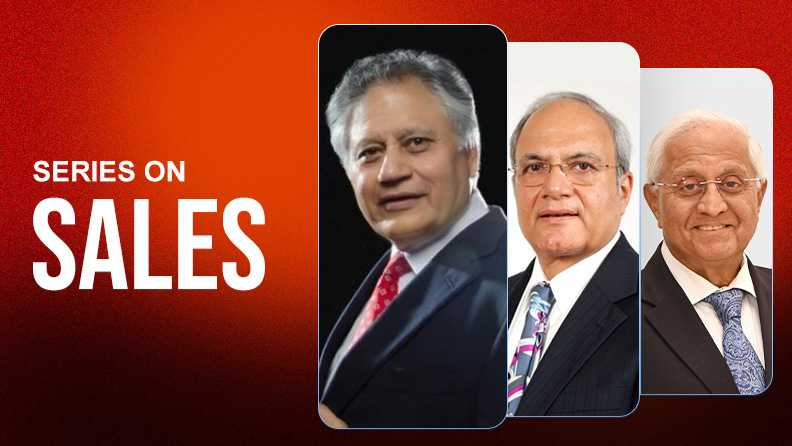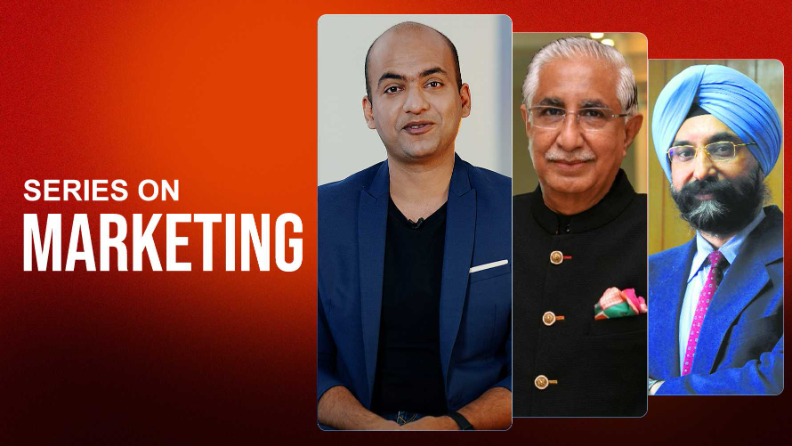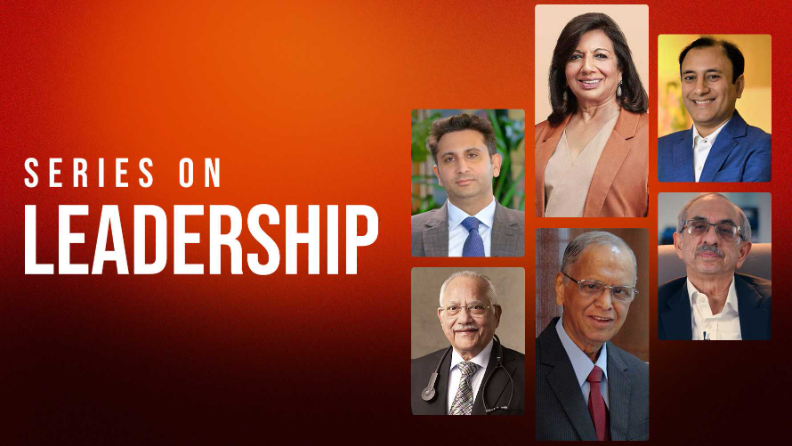 TIL Creatives
TIL CreativesInterest rates have started falling recently, with most of the lenders reducing their interest rates after the Reserve Bank of India (RBI) cut the repo rate by 0.5% within a span of two months. The lower interest rates will result in huge savings for home loan borrowers, as their home loan EMI will come down. If they decide to pay the same EMI amount, despite a rate cut, their home loan will be repaid much faster, and they will save a good amount on interest. However, not all home loan borrowers will benefit equally. The benefit of these cuts depends on their interest rate regime.
However, the biggest question is: which interest rate regime will offer you lower home loan EMIs? There are four interest rate regimes, which vary based on the timing of your home loan acquisition. Borrowers who secured their home loans before 2010 had the option to take them on the BPLR rate, and those who took their home loans between July 1, 2010, and March 31, 2016, had to take them on the base rate. Similarly, those who took their home loans between April 1, 2016, and September 30, 2019, had to take them on a Marginal Cost of Funds-based Lending Rate (MCLR). However, from October 1, 2019, the External Benchmark Lending Rate (EBLR) replaced MCLR. So, the question arises—which interest rate regime (BBLR, base rate, MCLR or EBLR) can make the case for a lower home loan interest cost and thus a lower home loan EMI?
Read below to find out how much money you can save by switching interest rate to EBLR.
Homeowners who took out a home loan before EBLR have to pay a higher home loan EMI in most of the cases. This is because the EBLR rate is considered one of the most competitive rates amongst all regimes, and now it offers one of the lowest interest rates after the RBI cut the repo rates twice by 0.25% in its last two monetary policy meetings.
Abhishek Kumar, a SEBI-registered RIA and Founder of SahajMoney, says, “EBLR is directly linked to the RBI's repo rate (6.00% (repo rate) + 2.65% spread), making it more transparent and reflective of interest rate scenarios.”
While EBLR was launched, banks offered all existing borrowers the option to switch to EBLR; however, not all borrowers exercised that option.
If you are among them, then chances are that you would still be paying a higher interest rate on your home loan. It is the time to check the interest rate on your home loan and take action to save on the interest amount that you are paying just because of being idle.
According to Bankbazaar.com CEO Adhil Shetty, the older benchmark rates are stickier in comparison to BPLR. “Around 40% of all floating rate bank loans are still on MCLR and BPLR, where the rates may be much higher compared to repo-linked loans. So, it’s advisable to speak to your bank and convert your loan to a repo-linked one,” he says.
Example 1:
As per the calculations, if the EMI on EBLR rate (8.65%) is Rs 29,807 then you can save up to 38,036 in a year in comparison with BPLR. In comparison with MCLR you can save up to Rs 7,457 in a year.
Source: SahajMoney
Assumptions:
1. BPLR rate is after 4% discount by bank
2. In EBLR there are 2 additional charges CRP (Credit Risk Premium) and BSP (Business Strategic Premium) that change with credit profile and with product. We have considered only 8.65% without CRP and BSP.
3. EBLR stays constant at 8.65% and other interest rates does not change.
Sumit Sharma, Founder- Radian Finserv, says, "Banks typically charge a nominal conversion or administrative fee, around Rs. 5000 + GST. The shift usually takes 7 to 15 working days, depending on the bank’s internal process and borrower documentation. It’s a one-time cost that can result in long-term savings."
Shetty agrees with Sharma and says if you are converting your loan with the same bank, you are usually charged a processing fee. The turnaround time for this conversion is generally a few days and usually there is no paperwork involved since the property’s documents are already with the bank.
However when transferring home loan to another bank and converting it into EBLR can mean incurring a cost of 0.5% to 1% of the loan amount.
Shetty says transferring your loan to a new bank makes sense where there’s a substantial discount in interest rates being offered along with other benefits like easier pre-payment terms.
“The cost of a transfer is usually 0.5-1% of the loan. The costs include processing fee, legal fees, MOD charges, and pre-EMI interest on the new loan, and pre-closure costs (such as simple interest or pre-closure fees) on the old loan. You will easily recover the costs in a year if the rate difference is substantial. The Turnaround time is typically a fortnight, but may get lengthier if the bank insists on additional scrutiny,” says Shetty.
However, the biggest question is: which interest rate regime will offer you lower home loan EMIs? There are four interest rate regimes, which vary based on the timing of your home loan acquisition. Borrowers who secured their home loans before 2010 had the option to take them on the BPLR rate, and those who took their home loans between July 1, 2010, and March 31, 2016, had to take them on the base rate. Similarly, those who took their home loans between April 1, 2016, and September 30, 2019, had to take them on a Marginal Cost of Funds-based Lending Rate (MCLR). However, from October 1, 2019, the External Benchmark Lending Rate (EBLR) replaced MCLR. So, the question arises—which interest rate regime (BBLR, base rate, MCLR or EBLR) can make the case for a lower home loan interest cost and thus a lower home loan EMI?
Read below to find out how much money you can save by switching interest rate to EBLR.
What is EBLR?
EBLR, or External Benchmark Lending Rate, is a framework used by banks in India to set interest rates on home loans, where the rates are directly linked to an external benchmark, such as the RBI’s repo rate. This means that when the RBI adjusts its repo rate, EBLR-linked loan rates can also change.Homeowners who took out a home loan before EBLR have to pay a higher home loan EMI in most of the cases. This is because the EBLR rate is considered one of the most competitive rates amongst all regimes, and now it offers one of the lowest interest rates after the RBI cut the repo rates twice by 0.25% in its last two monetary policy meetings.
Abhishek Kumar, a SEBI-registered RIA and Founder of SahajMoney, says, “EBLR is directly linked to the RBI's repo rate (6.00% (repo rate) + 2.65% spread), making it more transparent and reflective of interest rate scenarios.”
While EBLR was launched, banks offered all existing borrowers the option to switch to EBLR; however, not all borrowers exercised that option.
If you are among them, then chances are that you would still be paying a higher interest rate on your home loan. It is the time to check the interest rate on your home loan and take action to save on the interest amount that you are paying just because of being idle.
According to Bankbazaar.com CEO Adhil Shetty, the older benchmark rates are stickier in comparison to BPLR. “Around 40% of all floating rate bank loans are still on MCLR and BPLR, where the rates may be much higher compared to repo-linked loans. So, it’s advisable to speak to your bank and convert your loan to a repo-linked one,” he says.
How much savings in monthly home loan EMI can you expect after switching to EBLR rate?
As home loan interest rates are falling, calculations show that it is beneficial for borrowers to shift to EBLR rate if their home loan is under MCLR or base rate or BPLR rates.Example 1:
- Home loan’s outstanding balance: Rs 30 lakh
- Remaining tenure of the home loan: 15 years
- EBLR EMI at 8.65%: Rs 29,807
As per the calculations, if the EMI on EBLR rate (8.65%) is Rs 29,807 then you can save up to 38,036 in a year in comparison with BPLR. In comparison with MCLR you can save up to Rs 7,457 in a year.
Table showing the calculation of home loan EMI savings on switching to EBLR
Assumptions:
1. BPLR rate is after 4% discount by bank
2. In EBLR there are 2 additional charges CRP (Credit Risk Premium) and BSP (Business Strategic Premium) that change with credit profile and with product. We have considered only 8.65% without CRP and BSP.
3. EBLR stays constant at 8.65% and other interest rates does not change.
What are the charges which bank levy for such a shift in interest rate regime and generally how long does it take for such a request to process?
You can change your home loan interest rate regime any day you wish as your bank will process your request if you apply to switch your home loan to EBLR.Sumit Sharma, Founder- Radian Finserv, says, "Banks typically charge a nominal conversion or administrative fee, around Rs. 5000 + GST. The shift usually takes 7 to 15 working days, depending on the bank’s internal process and borrower documentation. It’s a one-time cost that can result in long-term savings."
Shetty agrees with Sharma and says if you are converting your loan with the same bank, you are usually charged a processing fee. The turnaround time for this conversion is generally a few days and usually there is no paperwork involved since the property’s documents are already with the bank.
However when transferring home loan to another bank and converting it into EBLR can mean incurring a cost of 0.5% to 1% of the loan amount.
Shetty says transferring your loan to a new bank makes sense where there’s a substantial discount in interest rates being offered along with other benefits like easier pre-payment terms.
“The cost of a transfer is usually 0.5-1% of the loan. The costs include processing fee, legal fees, MOD charges, and pre-EMI interest on the new loan, and pre-closure costs (such as simple interest or pre-closure fees) on the old loan. You will easily recover the costs in a year if the rate difference is substantial. The Turnaround time is typically a fortnight, but may get lengthier if the bank insists on additional scrutiny,” says Shetty.













